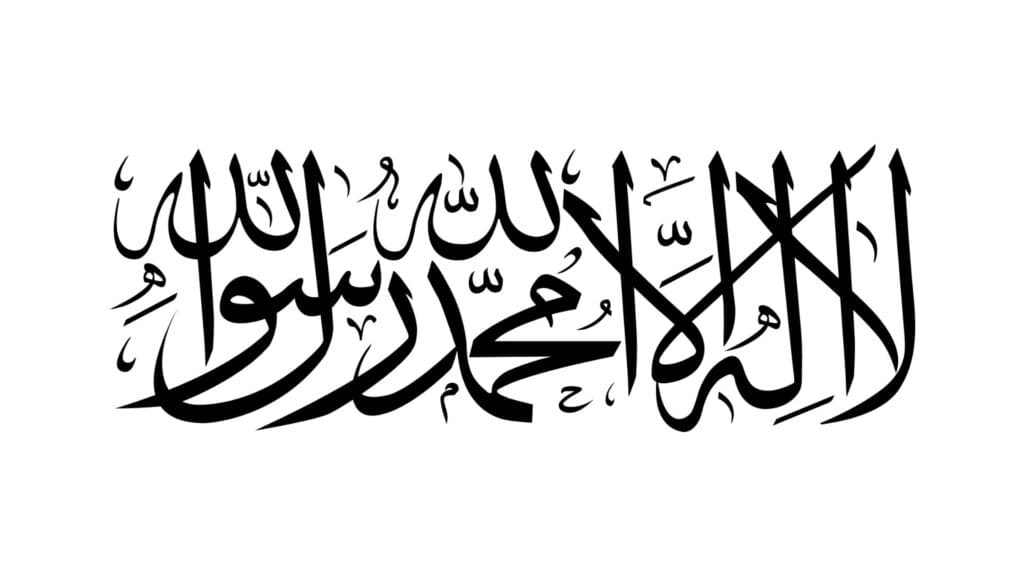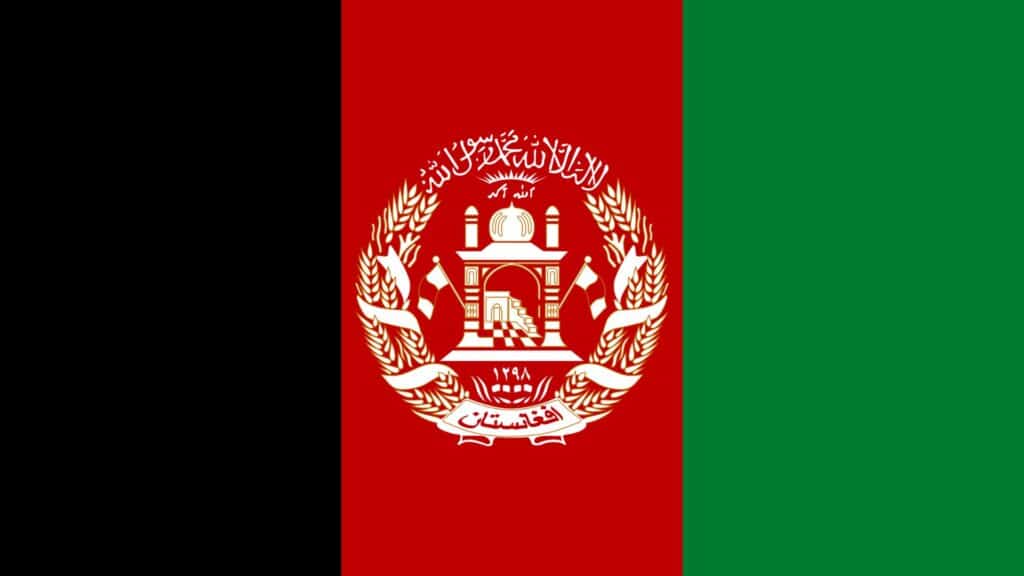The Afghanistan flag stands as a symbol of the country’s history, culture, and resilience. Over time, the flag has seen numerous changes reflecting political shifts and the evolving identity of Afghanistan. This article delves into the history, meaning, and elements of the Afghan flag, offering readers a comprehensive view of its significance.
Introduction to the Flag of Afghanistan
The Flag of Afghanistan is more than a national symbol; it’s a reflection of the country’s complex past and hopes for the future. Known for its unique colors and emblem, the Afghan flag tells a story of struggle, unity, and cultural pride. Understanding its design elements and changes over the years provides insight into Afghanistan’s heritage and its journey through various regimes and revolutions.
History of the Afghanistan Flag
The Afghanistan flag has changed almost 30 times since the 18th century. Each change mirrors political transformations, from monarchies to republics and regimes of various ideologies. Let’s explore the timeline of these changes:
- Early 20th Century (1919-1929): Afghanistan’s first modern flag was introduced after the country’s independence from Britain in 1919. It was a simple black banner symbolizing Afghanistan’s past struggles.
- 1929-1973 (Monarchy and Republic): The tricolor (black, red, and green) was introduced, symbolizing Afghanistan’s independence (black), bloodshed for freedom (red), and prosperity (green). A central emblem of a mosque was added, showcasing Afghanistan’s Islamic faith.
- 1973-1992 (Republic and Communist Influence): During this period, Afghanistan’s flag saw several modifications, reflecting its shift from a monarchy to a republic and later the influence of Soviet-backed communist regimes. Each iteration maintained the tricolor scheme but varied the emblem’s details to reflect changing political ideologies.
- 1992-2001 (Islamic State and the Taliban): The flag reverted to a more traditional design, with an increased emphasis on Islamic elements. The Taliban briefly changed the flag to a white banner during their rule.
- 2002-Present: The black, red, and green tricolor returned, now featuring a more elaborate emblem of a mosque and the date of Afghanistan’s independence.
Meaning and Symbolism of the Afghan Flag
Each color and symbol on Afghanistan’s flag is steeped in meaning:
- Black represents Afghanistan’s past struggles, including times of oppression and the strength of its people.
- Red symbolizes the sacrifices made for independence and the blood of those who fought for freedom.
- Green stands for hope, growth, and prosperity, as well as the agricultural significance in Afghan culture.
- The Emblem: In the center of the flag lies an intricate emblem featuring a mosque, a pulpit, and flags. This emblem signifies Afghanistan’s Islamic identity and religious heritage, placing importance on the central role of Islam in Afghan life.
Current Flag Design (2021 – Present)

The current flag of Afghanistan, adopted in 2021 following the Taliban’s return to power, reflects significant changes to the nation’s symbolism and identity. The design is minimalist yet deeply symbolic, focusing solely on the Islamic declaration of faith, also known as the Shahada. Here’s an in-depth look at the new flag and what it represents:
- Flag Design: The current Afghan flag is a plain white banner with black Arabic calligraphy in the center. It features the Shahada, or Islamic declaration of faith, which reads in Arabic: “There is no god but Allah, and Muhammad is the Messenger of Allah.”
- Meaning and Symbolism:
- White Background: The solid white background symbolizes purity, simplicity, and the notion of a “clean slate.” In Islamic tradition, white can also represent peace, though in this context, it may signify the Taliban’s vision of a unified Islamic state governed by Sharia law.
- Shahada: The Arabic inscription of the Shahada is a central tenet of Islam and serves as a public declaration of the state’s Islamic identity. By prominently displaying the Shahada, the flag emphasizes the religious foundation upon which the current government stands.
- Absence of Traditional Afghan Symbols: Unlike previous flags that featured colors (black, red, and green) representing Afghanistan’s past struggles and aspirations for prosperity, this flag removes all additional symbols and colors. The emblem, colors, and wheat sheaves present in previous designs have been eliminated, reflecting the Taliban’s simplified vision and religious focus.
Previous Flag Design (2004 – 2021)

The previous flag of Afghanistan, adopted in 2004, combines elements of traditional Afghan symbolism and Islamic identity:
- Tricolor Design: The vertical stripes of black, red, and green represent Afghanistan’s past, struggles, and hope for prosperity.
- Central Emblem: This emblem has the Islamic shahada (declaration of faith) on the top, a mosque with its pulpit, wheat sheaves surrounding it, and a national insignia. The mosque represents the role of Islam in governance and daily life, while the wheat signifies agricultural richness and abundance.
Comparison with Previous Flags
Afghanistan’s flag has changed significantly over time, often reflecting shifts in power and ideology. Earlier flags leaned heavily toward religious symbolism, while the communist era flags incorporated secular elements. In comparison, the current flag embraces both religious and national symbols, serving as a reminder of Afghanistan’s journey through various political ideologies and its hope for unity.
Flag Protocol and Etiquette
The Afghan flag holds deep cultural and national significance. Certain protocols are followed to respect the flag:
- Official Use: The flag is displayed on government buildings, embassies, and national events, often accompanied by ceremonial practices.
- Display: The flag is displayed with utmost respect, never touching the ground or being used for commercial purposes.
These guidelines reinforce the reverence with which Afghan citizens view their flag.
Interesting Facts and Trivia
- One of the Most Changed Flags: Afghanistan holds the unique record of having one of the most frequently altered national flags in history.
- Symbol of Identity: During times of conflict, the flag has symbolized national identity and unity for Afghan citizens, regardless of the political turmoil within the country.
- Connection to Islam: The mosque emblem reflects Afghanistan’s status as an Islamic Republic, and the shahada emphasizes the importance of faith in Afghan society.
Frequently Asked Questions
Q: What do the colors of the Afghanistan flag mean?
- The black symbolizes the troubled Afghanistan flag history, red represents sacrifice and freedom, and green reflects hope and prosperity.
Q: How has the Afghanistan flag evolved over time?
- The flag has seen almost 30 variations since the early 1900s, each reflecting changes in government and ideology, from monarchies to republics, communist regimes, and Islamic states.
Q: Why did the Taliban change the flag to a white banner?
- The Taliban used a plain white flag with an Islamic inscription, symbolizing purity and simplicity in accordance with their interpretation of Islamic ideals.
Q: Is the Afghanistan flag used in cultural events?
- Yes, the flag is a strong symbol of identity and pride, prominently featured in national celebrations, cultural gatherings, and international events.
Q: What makes the Afghanistan flag unique?
- Apart from its many changes, the flag’s design combines Islamic and Afghan national symbols, representing a blend of cultural and religious significance.
